6 Ways to Capture Authentic Moments [with Phillip Blume]
Want more information on this article? Watch the related video below. Or to view the published version of this article and others written by top photographers, subscribe to Shutter Magazine, the industry’s leading professional photography magazine available online and at Barnes & Noble booksellers everywhere.
Join us inside the Blumes’ free ComeUnity education for photographers (and download their free eBook) here.
***
Where’s the authenticity in this photograph? I’ve probably asked myself that question 100,000 times since my wife Eileen and I opened our studio, Blume Photography, almost 10 years ago. Our pursuit of authenticity has remained our North Star, steering us toward a lot of success in art, business, and life.
If I can identify authenticity in one of my images, I know that no matter what technical imperfections it may have, I’ve found a keeper — an image that is a real contender for my portfolio, Web site, or publication. Not to mention, authentic images are the ones our clients want to buy. Never underestimate that! You could say authenticity puts bread (or sometimes even steak!) on our family’s table.
So how do you learn to recognize authenticity in a photograph? And even more challenging, how then do you re-create authenticity in image after image for your many clients?! It’s a hugely important question for your business. The images I chose for this article are “dated,” some from the beginning of my career in 2008. While our style and post-processing has changed over the years, authenticity al lows images to stand the test of time. So let’s talk about six ways Eileen and I approach capturing authentic moments.
1. Stay Alert
For me, “authenticity” means first and foremost that an image compels the viewer to feel strong emotion. The viewer sees real emotion being expressed somewhere in the image; and then she reacts by experiencing that same emotion. This is why I love photography. It’s powerful on a human level! Authentic images act as “reverse mirrors” — we reflect what we see in the frame.
To capture authentic candid moments inside a bigger composition, think ahead. When you see perfect moments taking place within perfectly composed images, it may look too good to be true. Surely that shot was set up, we assume. But it really just takes a little forethought.
For example, I always take at least an hour to scout locations before shooting a wedding. I find as many good compositions as I can, not just the spots I’ll eventually use for portraits. Later in the day, as events begin to unfold in these locations, I reframe for the compositions I already planned. Now it’s just a waiting game! Wait for a guest to walk through the frame laughing; wait for the bride to pass by escorted by her father; wait for the dance floor to clear enough so the couple is framed by the crowd. Oh no… the bride sneezed just as the crowd cleared! Don’t panic. This takes patience. But no rule says you must take 10 images per minute. Slow down, and the goods will come!
Curiously, humans have a tendency to repeat themselves.. a lot! If you saw a moment pass by but your camera was down, get ready and assume it will happen again. Did you just miss the flower girl making hilarious faces at herself in the mirror? Yes, she already ran away, but she’ll be right back to do it again! Did the groom just wipe away a perfect tear at the altar? Quick! Frame up your storytelling shot, and get ready for “tear the sequel.” He will probably wipe away the next tear more dramatically and with better expression. Realize, most human communication is nonverbal and done via subconscious body language. Luckily for photographers, humans repeat nonverbal communication to gain more “listeners,” and we do it almost as frequently as we retell life stories and bad jokes. Understanding human behavior allows you to capture more fleeting moments than you thought possible!
2. Inject Emotion
If you stop here, you might mistakenly believe “authentic photography” is synonymous with “candid photography.” Nothing is further from the truth. Candid photos can turn out completely bland and emotionless. (Just look at any of my early work as a photojournalist. Those random bystanders, sidelined athletes, and frowning farmers never should have made the printed page!)
On the other hand, yes, you absolutely can inject authenticity into portraits that you take the time to pose! That’s the signature technique we’ve taught to our workshop students around the world for years (and we’ve felt flattered to see those lessons imitated a few times since). When you stop posing and start playing, you make sessions fast and fluid, yet full of authentic emotion your clients feel deeply — and remember fondly when it’s time to order prints!
There isn’t nearly enough space here to describe our complete posed to playful system. But that’s why we wrote it all down for you in our “Posed to Playful” eBook! So if you don’t already own it, you can download all 34 interactive pages of our best tips and favorite role-playing scenarios now. Take a moment to bookmark it at http://bit.ly/dontbeaposer. Enjoy it!
3. Put Your Subject at Ease
Most of us don’t shoot professional models. But I actually prefer it that way! What’s the biggest difference between an experienced model and a first-time portrait subject? Confidence. That’s all. Spoil your clients by instilling confidence, and they’ll surprise you with their performances!
Confidence is never created by false flattery. Exclaiming “Wow! That dress makes you look so skinny” comes off as an insult to a heavyset subject (even if the extra weight is only in his or her own mind).
Instead, I explain to my clients what I’m doing behind the lens. For example, direct her by saying “Stretch your spine up and twist your shoulder toward me. Wonderful! That’s perfect! Now keep that stellar posture, and just break at waste like Betty Boop. When you lean toward me it’s super flattering and really brings your gorgeous eyes into focus!”
See? You’ve allowed her to feel that you’re in control — that you know what you’re doing. You’ve truthfully complimented her posture and playfully given her a visual picture to imitate in Betty Boop, which begins to replace a person’s often negative self-perception with a more positive mental picture of herself. You might even model the “Betty Boop” pose yourself. I do! The more goofy you’re willing to be, the more your subject will loosen up, too.
To create an instant connection with any subject, your smile is the most disarming and powerful tool you have. In fact, a slightly bashful smile is my nuclear option! I don’t have time to compliment and direct all 200 guests on a wedding day. But I can make ol’ sour-face Grandma my best friend by grinning at her from across the room.
There’s psychology to it. When I catch her gaze, I raise my eyebrows as if shy but keep smiling. (She must be wondering if I have a crush on her!) Plus my expression allows her to view me as a fellow human who will thoughtfully defer to her, rather than a prodding pro (like her nurse at the retirement home) who’s there to boss her around. I lift my camera as if offering it to her, and she approvingly smiles like no one has seen her smile all day. It works like a charm on anyone, even the grumpy church lady, whom I always make a point to smile at lovingly before I walk down the aisle beyond the permitted distance.
4. Minimize Your Gear
Believe me, I lust over the newest piece of shiny camera gear just as much as the next guy. But through years of experience, I’ve realized I can create more authentic work with less gear. And there’s no sacrifice to quality! Today, I carry all my gear in a single shoulder bag and on the Spider Holster around my waste. To be honest, I feel liberated when I walk into a conference with just a small bag to find fellow photographers pushing their equipment around on pallets.
At a wedding, bounce flash is your best friend. I use it through 80% of the day. Bounce flash is a basic technique of using an on-camera flash, but getting off-camera flash results by turning the flash ahead away from your subject. This technique allows me to capture passing moments on the fly, yet still light them beautifully in the same instant!
This minimal setup results in capturing more authentic moments because it allows me to remain less conspicuous among the camera-shy, and it never requires me be disengaged while setting up off-camera lights (which I reserve mostly for posed portraits).
I have two pro tips when using bounce flash:
First, use a bounce card.. but not in the way that most photographers use it. You’ll typically see a photographer use Velcro to attach a white rectangle of paper (or plastic, if you buy an expensive marketed version that does the same thing) behind the flash head. The idea is that the card reflects some light into your subject’s face to fill in shadows while most light comes from whatever object the flash is directly bouncing into. Oddly, I often see amateurs firing their flashes into the air outdoors, using a bounce card as the only source of light. Don’t do this! This drains your batteries and has no desirable effect in any scenario, making you look silly! (You’re welcome.)
Instead, try attaching your bounce card to the front of your flash head, actually between your light and the subject. Indoors with a partly under-exposed camera setting, the results are worlds better! Because bounce cards usually end up providing too much fill, looking close to flat on-camera flash. But if the only key light comes from a more dramatic 90-degree angle, its “shaping” effect will be more three-dimensional and beautiful.
Second tip, generally point your flash in whichever direction your subject turns his nose at the moment. It’s easy enough to swivel your flash head left-right, back and forth throughout the day. I feel as free as if I’m “shooting natural light,” but with much more consistent and pro-looking results. Or, to light a big group evenly with the same effect as a giant soft box, just point it back over your shoulder toward the ceiling. I’ve seen photographers struggle to set up a soft box in a cramped room of bridesmaids (you know, for one of those bathrobes on the bed pictures), when they could have simply pointed their on-camera flash at the big white wall behind their backs and gotten better results instantly! Now you won’t miss a moment!
Finally, I can’t recommend Spider Holster gear highly enough. A lot of companies send me gear to review, but I’ve never been so impressed by the design and functionality of equipment like this before — it made my entire shooting workflow quicker and helps me stay present in the moment. Goodbye bags!
5. Refine Your Style
Style is defined largely by the camera and flash settings you become comfortable with and use repeatedly. For authentic, consider long “compressing” lenses to create intimate photographs without getting in your client’s face. If you do like to use wider lenses, that’s fine. I often shoot a 24mm lens, and it creates a super fun distortion effect up close — almost like a fun house mirror. Within this range, I almost always want my subject laughing or at least smiling enormously to suit the visual mood. So make sure your clients are extra comfortable with you, because you will need to get in close to crop out the distractions of wider composition.
Black-and-white photography lends itself to authentic imagery. That’s why we often peg all deeply emotional photos we come across for black-and-white processing. It removes distractions and allows the viewer to soak in the feeling. It’s one of the quickest parts of our workflow, but guides our clients to appreciate those images more, without distractions.
6. Be Crazy!
Technique #6 is my favorite! It involves car-chasing, tree-climbing, and talking to strangers. Click my video this month to hear this bonus tip, and I’ll see you inside!
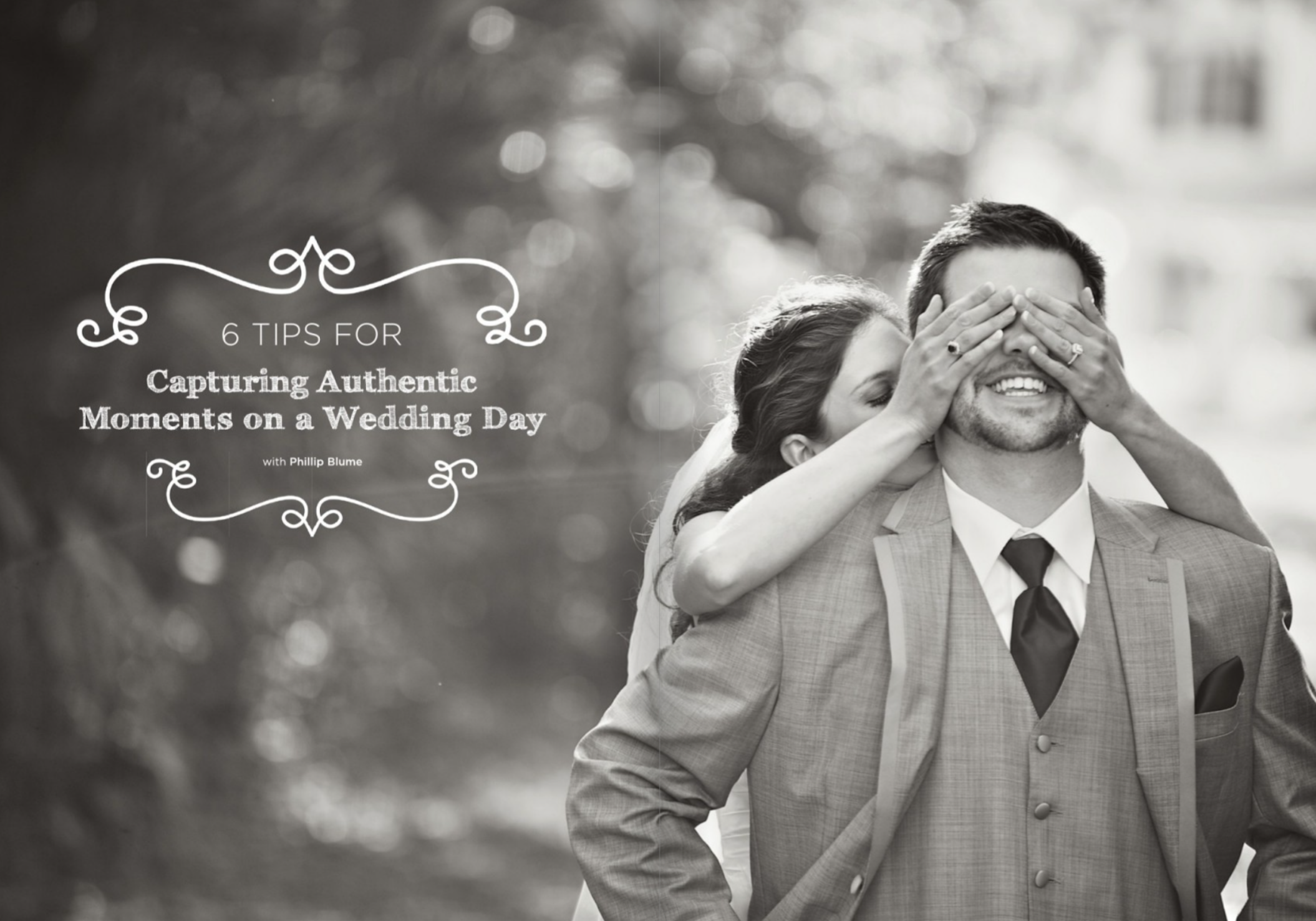
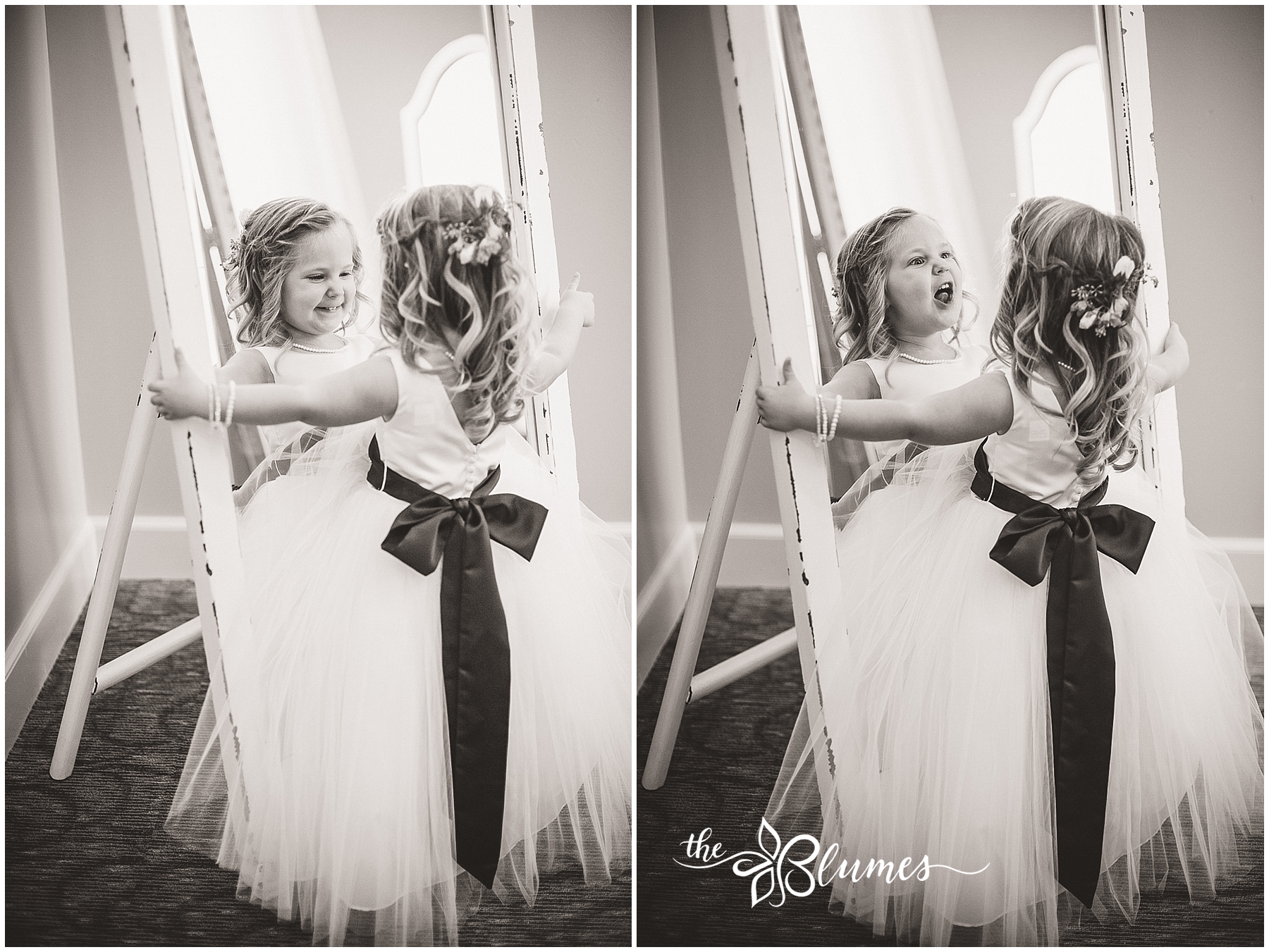


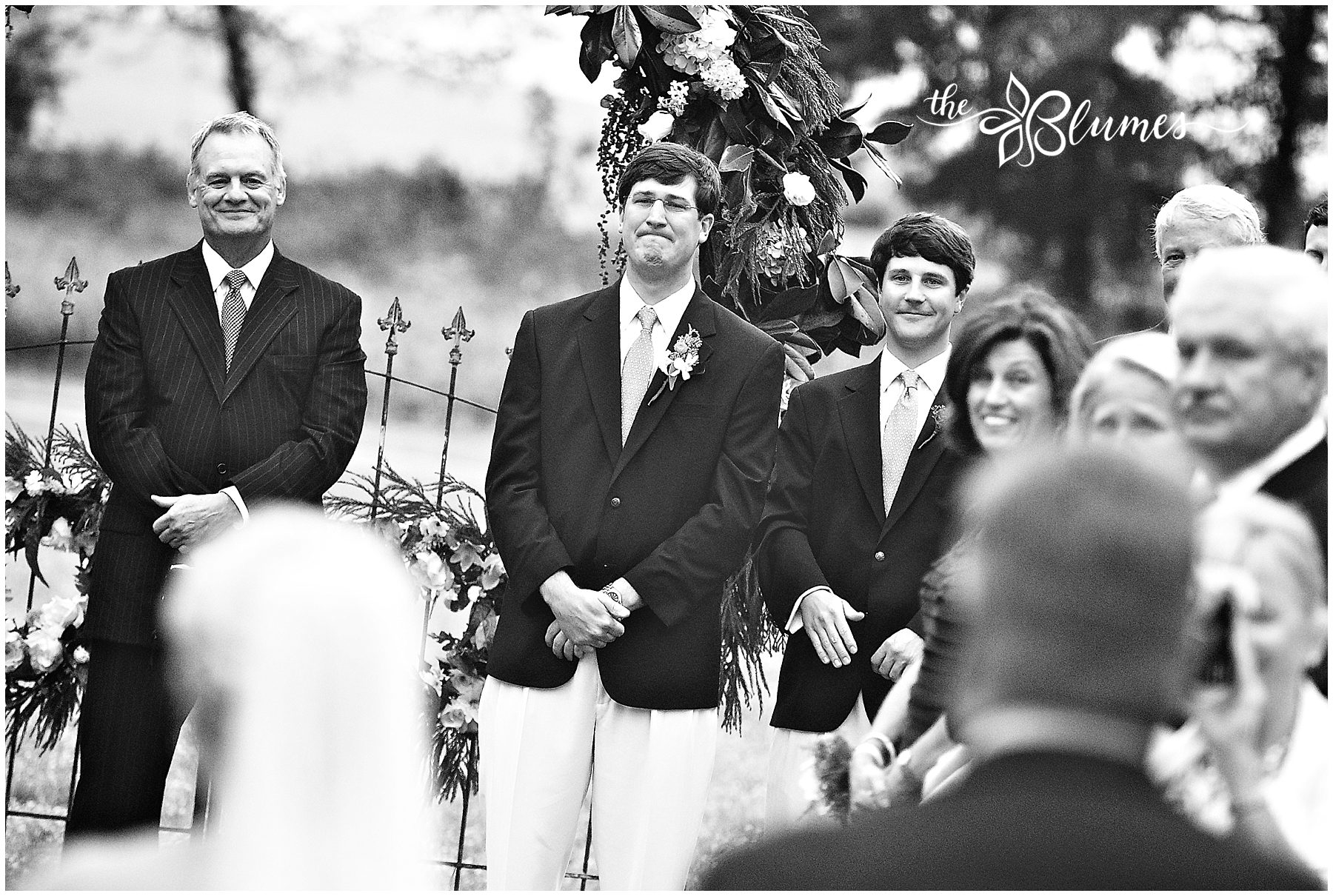
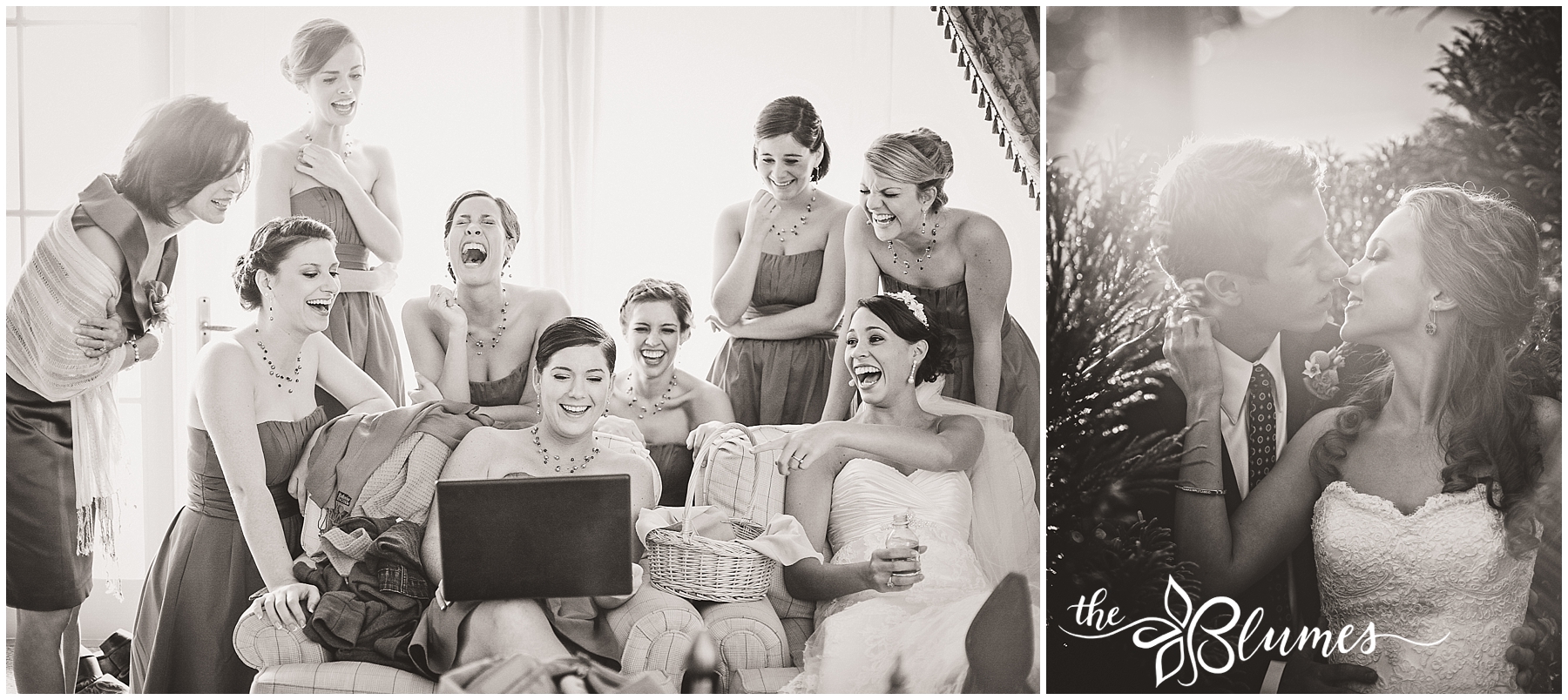
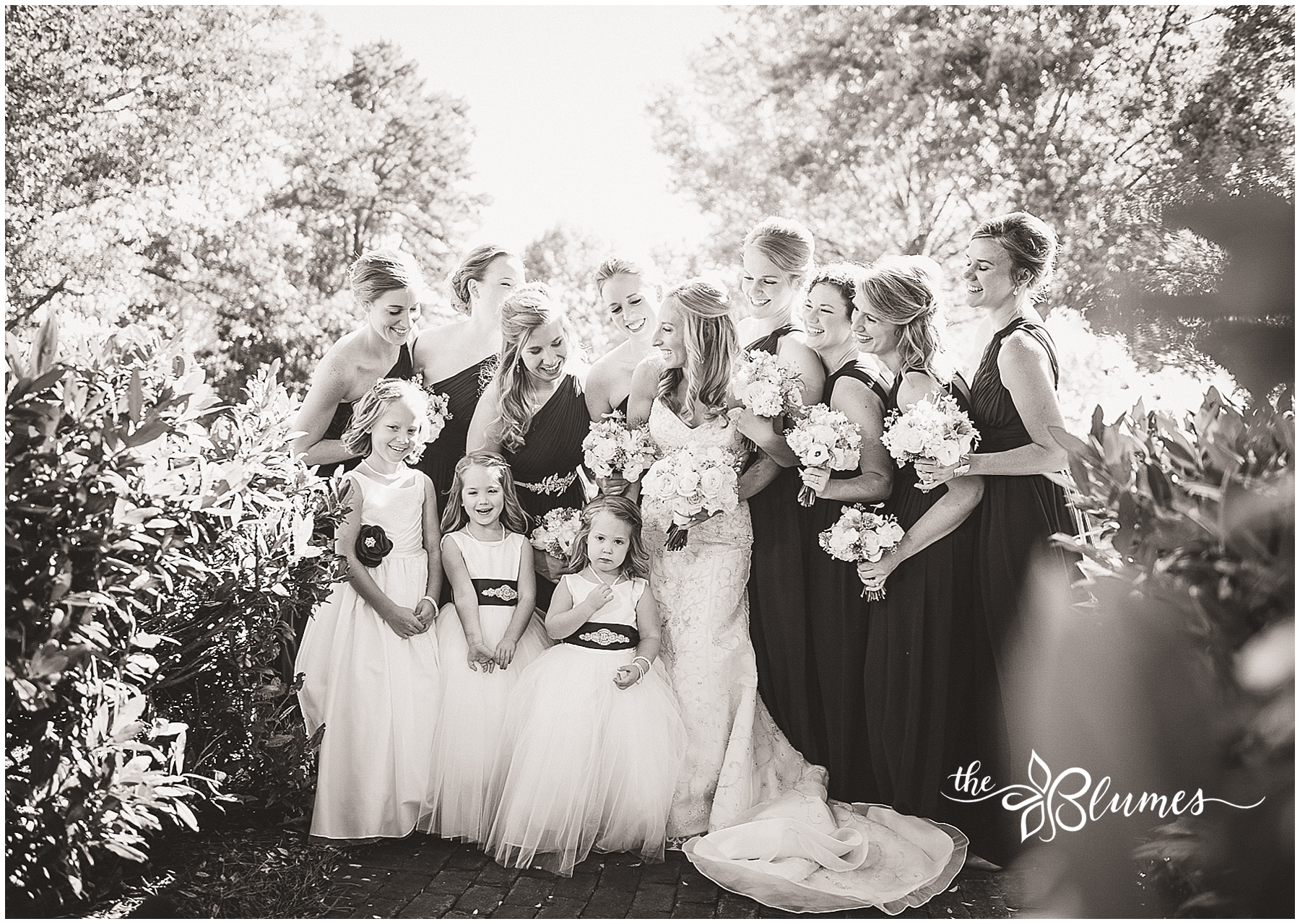
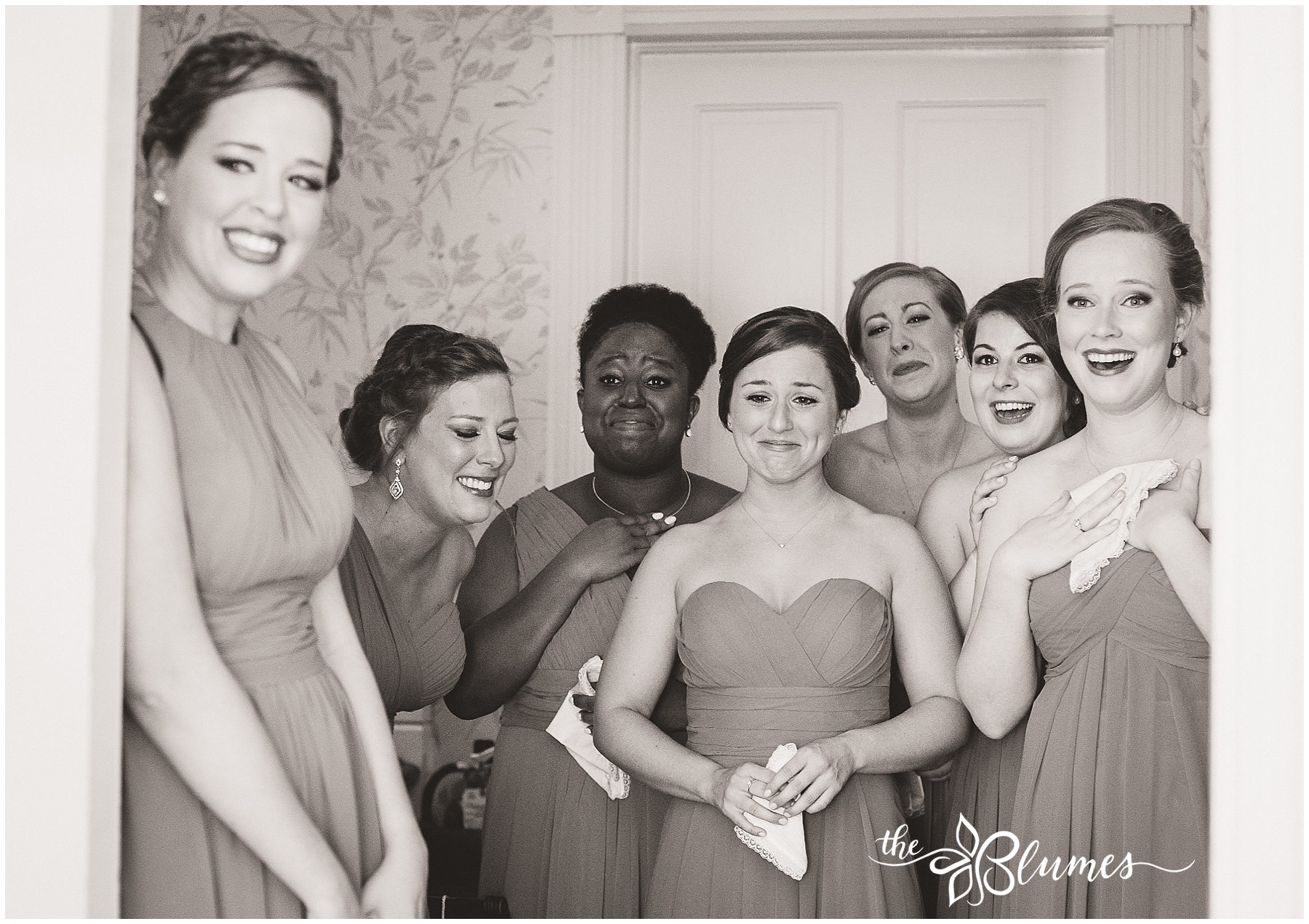
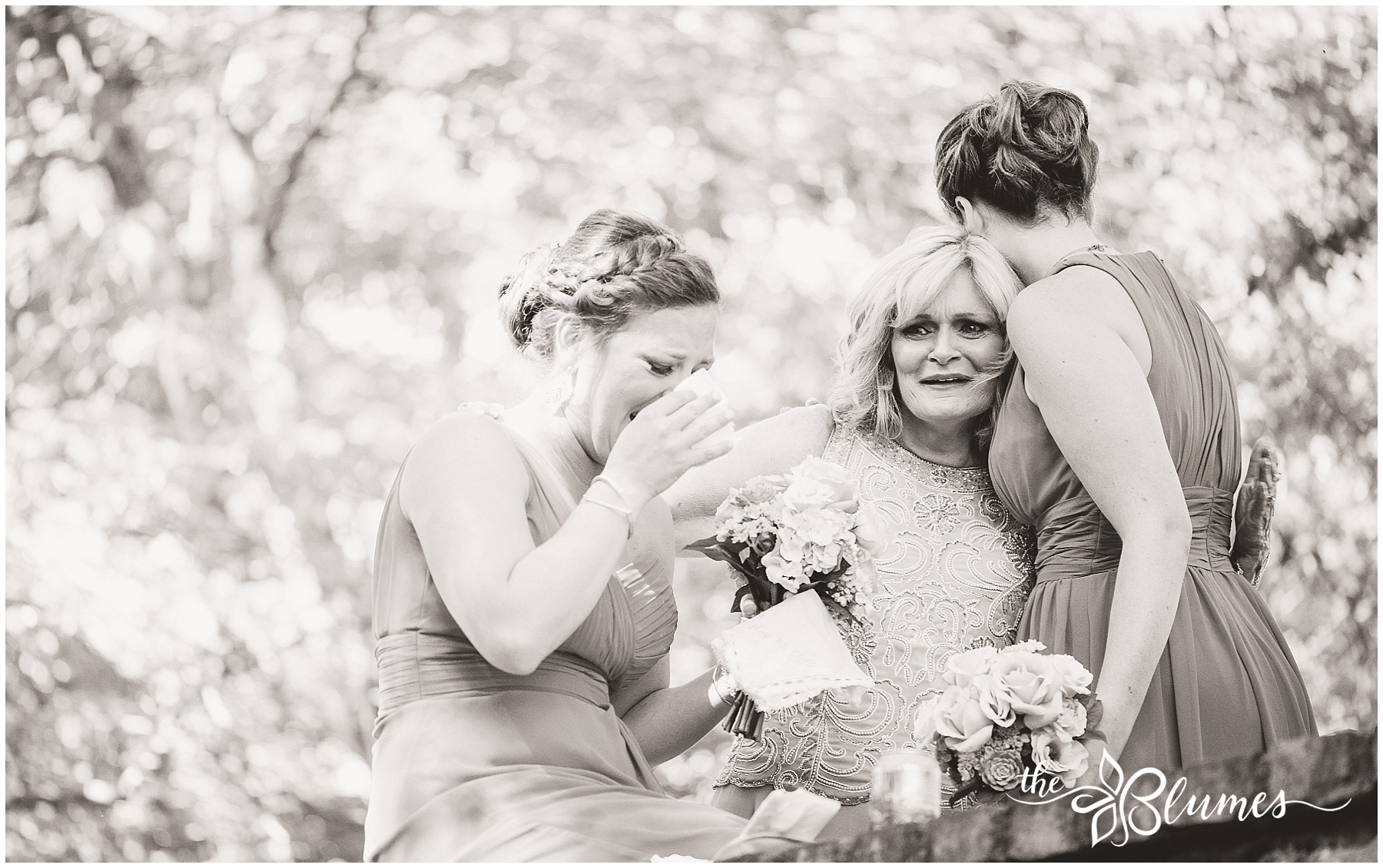
Be the first to comment